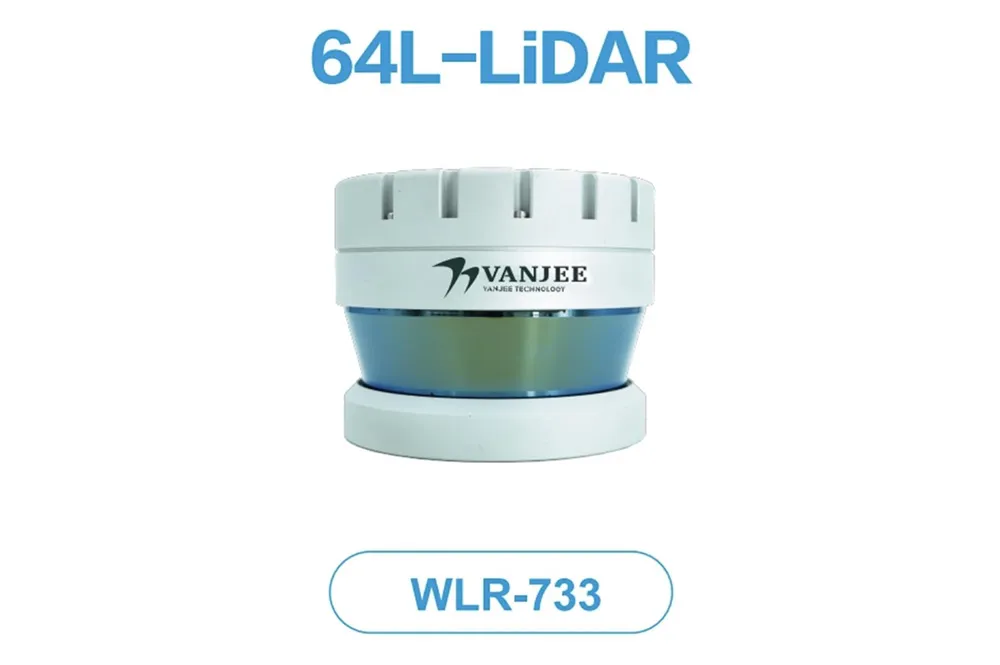
Having won the 2016
Marketing manager Libor Sušil describes the system as weigh-in-free-flow as it measures the axle across the full lane width regardless of the position of the wheels and the sensor can also detect underinflated tyres even on twin wheel configurations.
He likens the measuring method to that of a strain gauge but adds that the fibre-optic system provides more information, has direct temperature compensation, is unaffected by radio frequencies and achieves an accuracy of ±3%.
There are no electrical cables running to the sensor which comes in several lengths, has an expected life of 10 years and fits into a U-Bed installed in the road surface. When required, the sensor can be removed and changed without disturbing the road surface by undoing the side holder bars.
The company is in the process of having the system type approved but is confident that OptiWim’s A3 precision means it can be used for automatically penalising overloaded vehicles and will offer a speed range from 10km/h up to a theoretical 250km/h. It says automatic ticketing has seen a substantial improvement in enforcement and penalisation of violators and that removing overloaded vehicles dramatically increases a road’s lifespan.
Although the cost of individual fibre-optic sensors is higher that their traditional counterparts, Sušil says because each WIM location needs only a single sensor (in each direction), the overall cost is equivalent to using other technologies.








